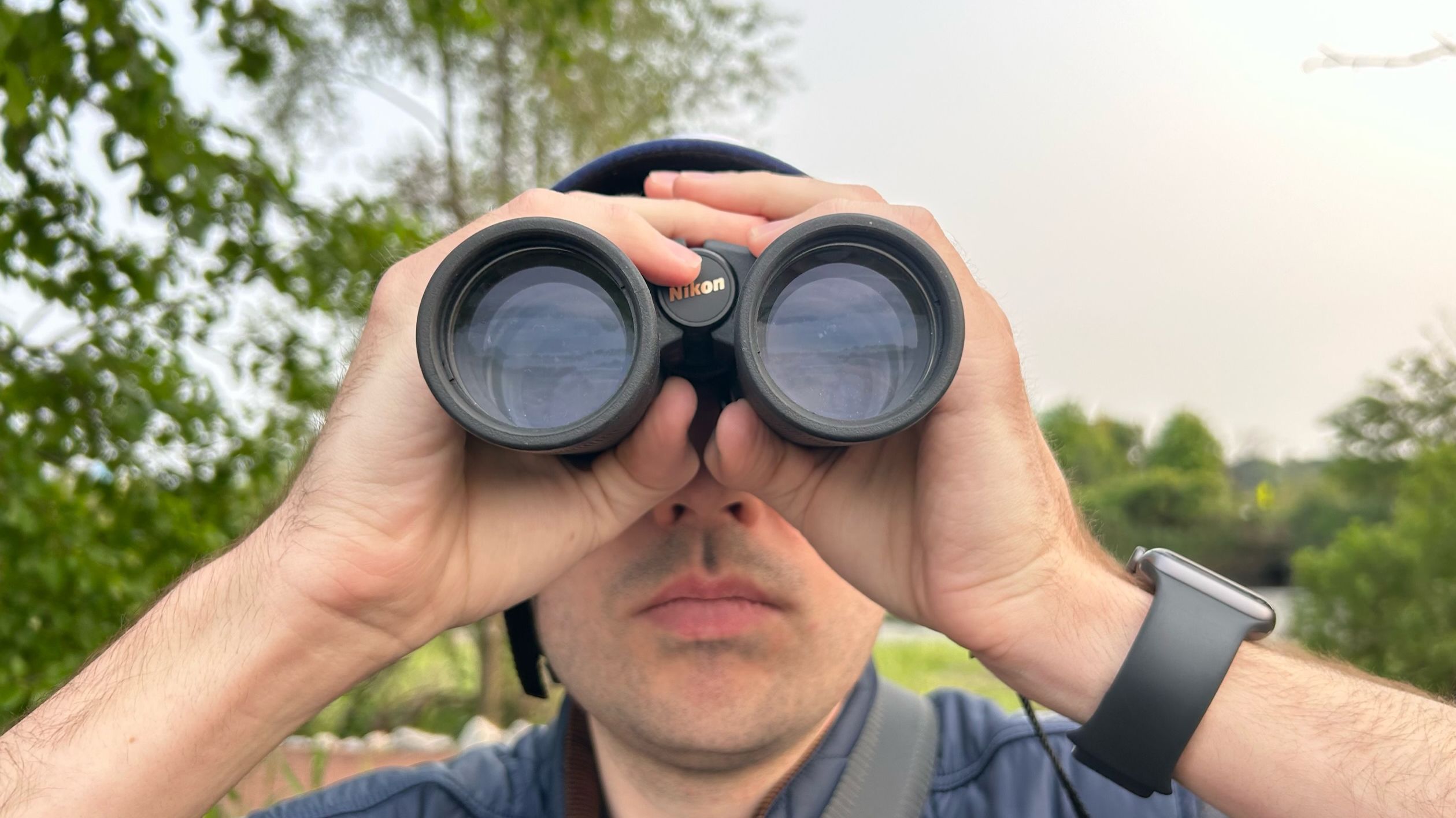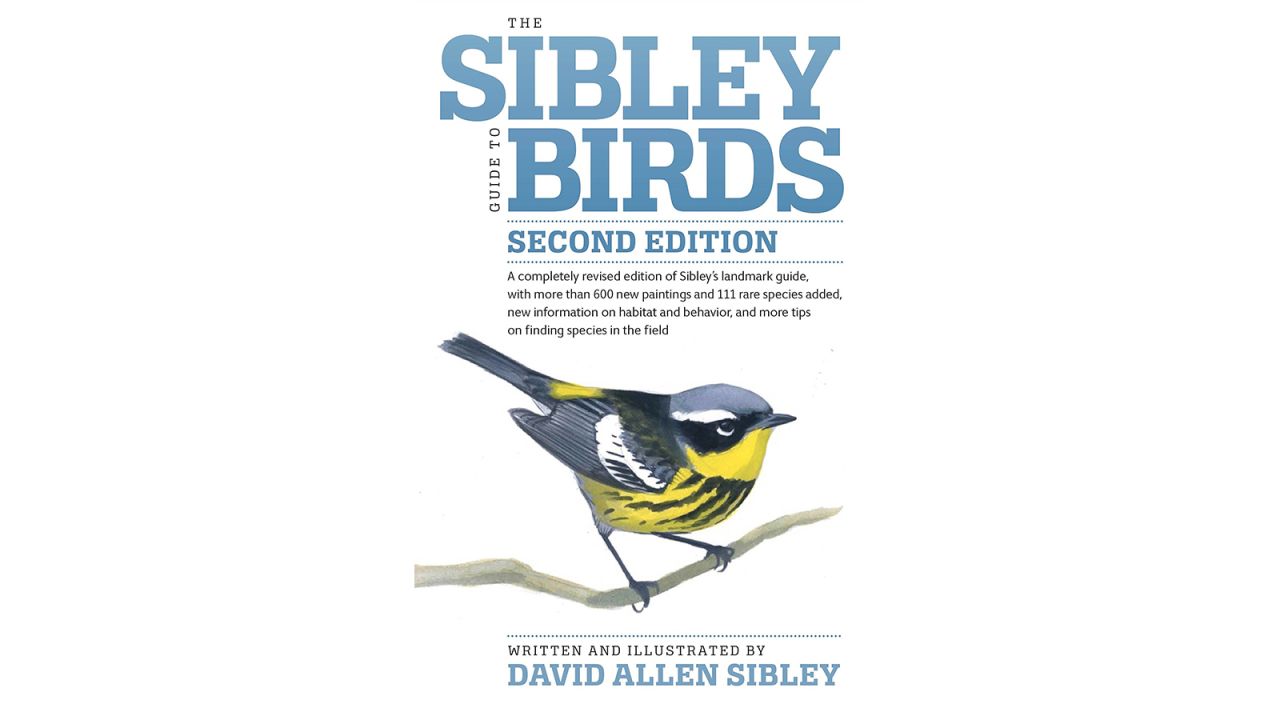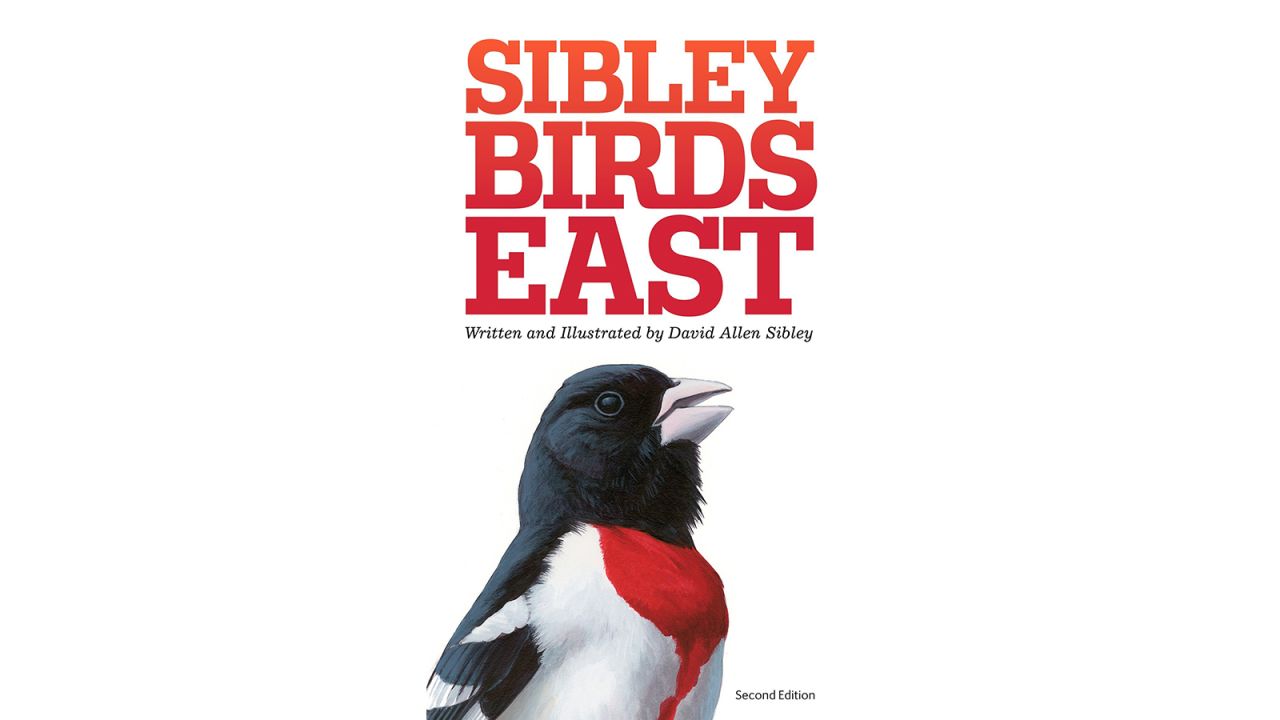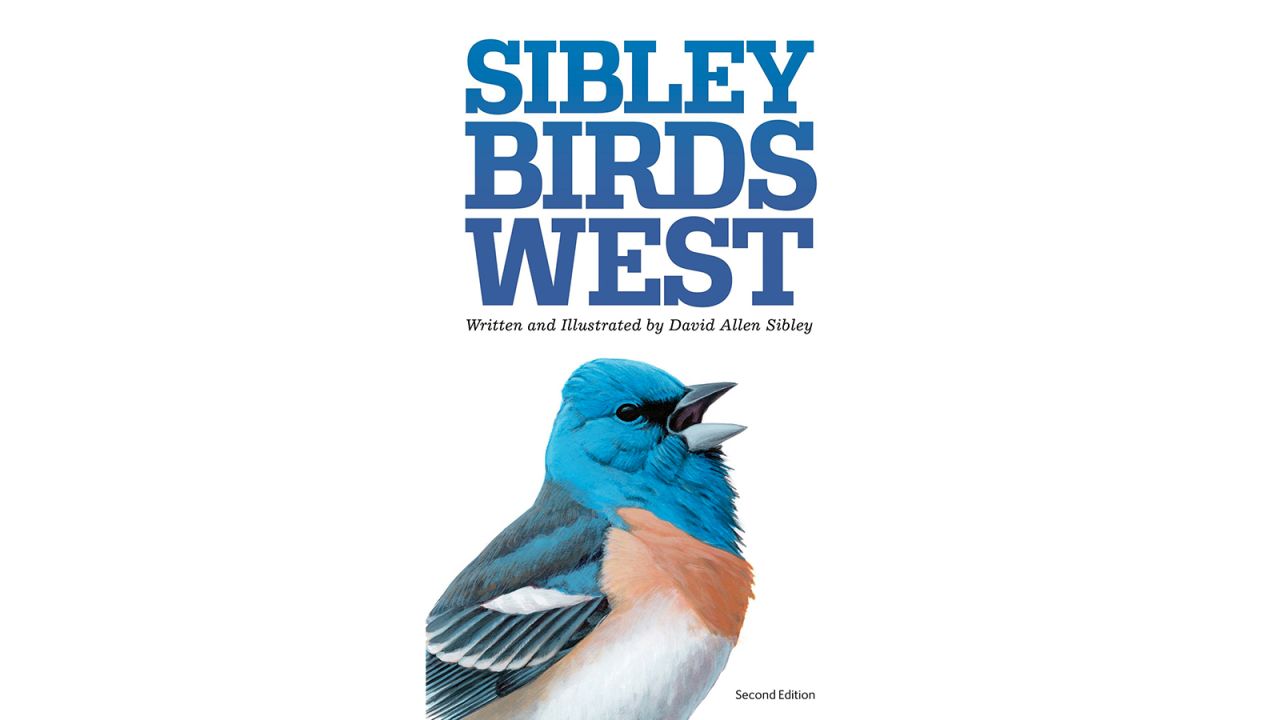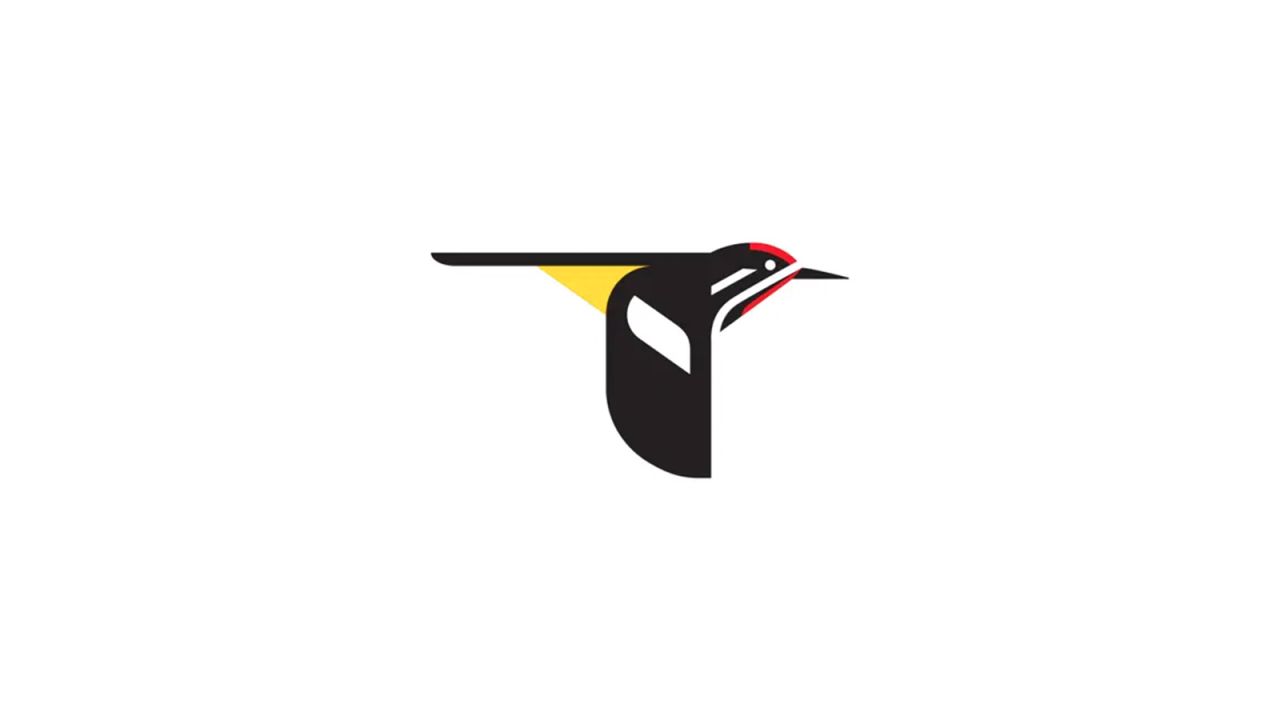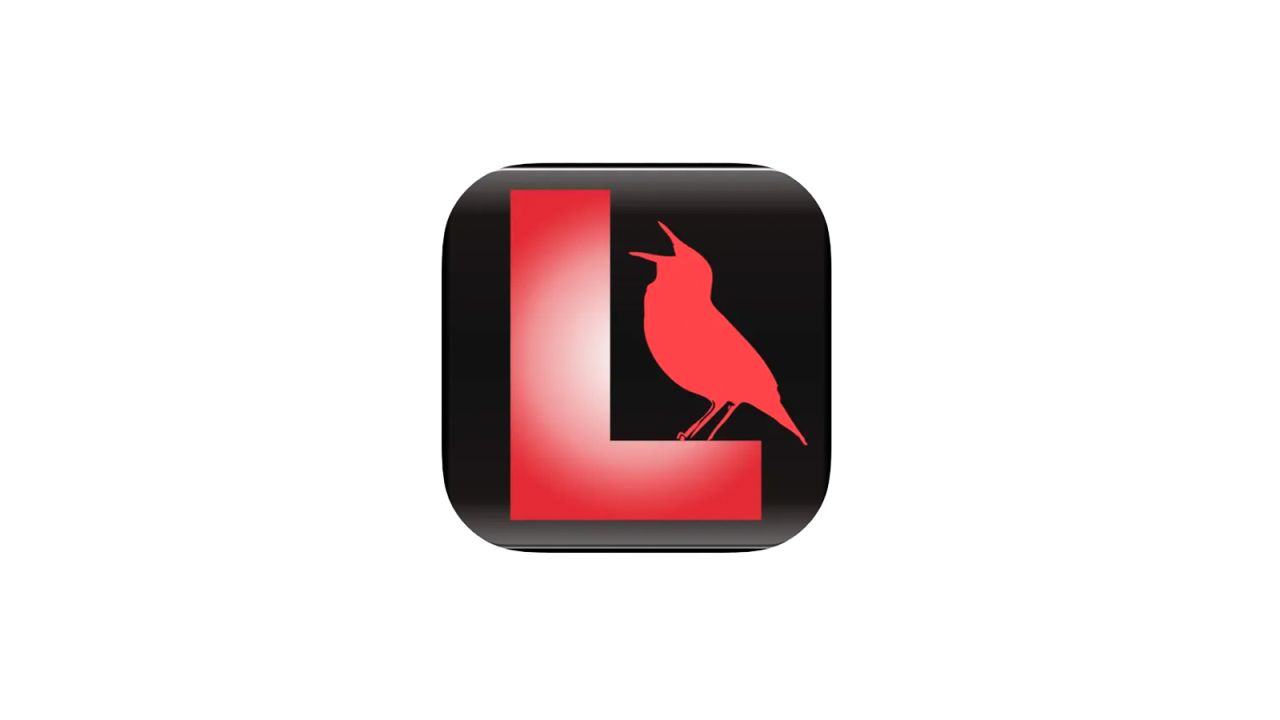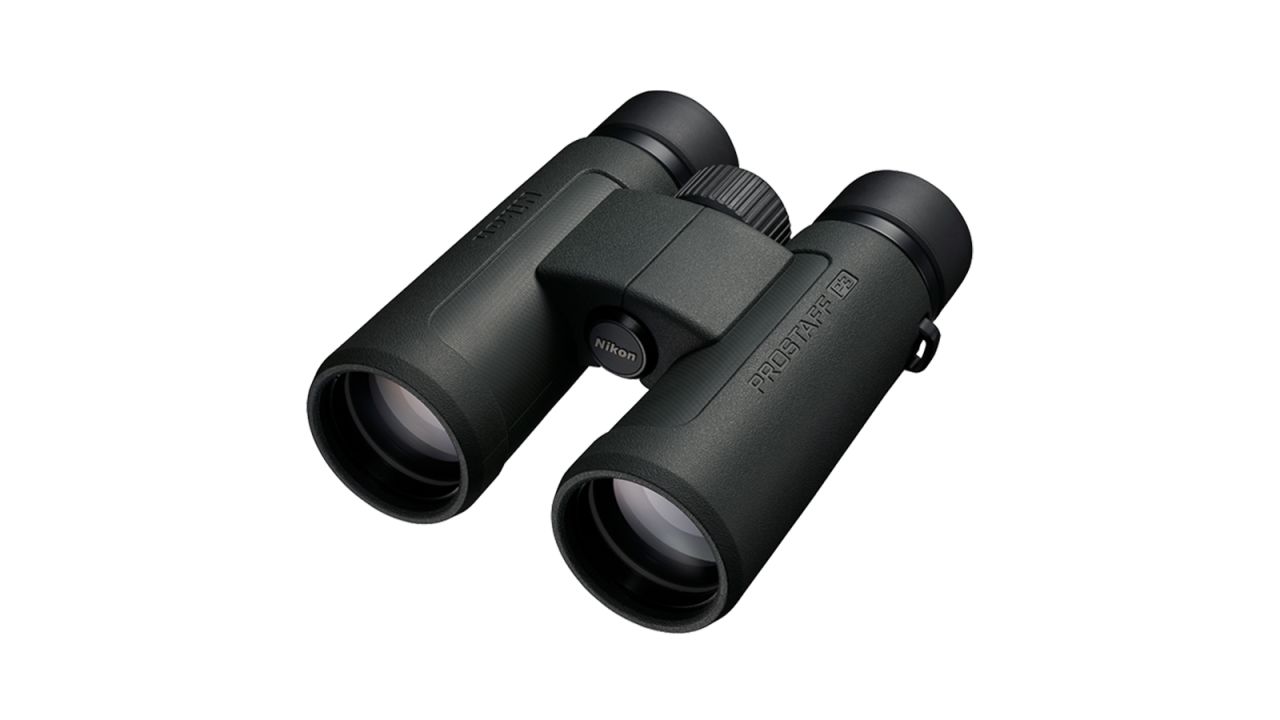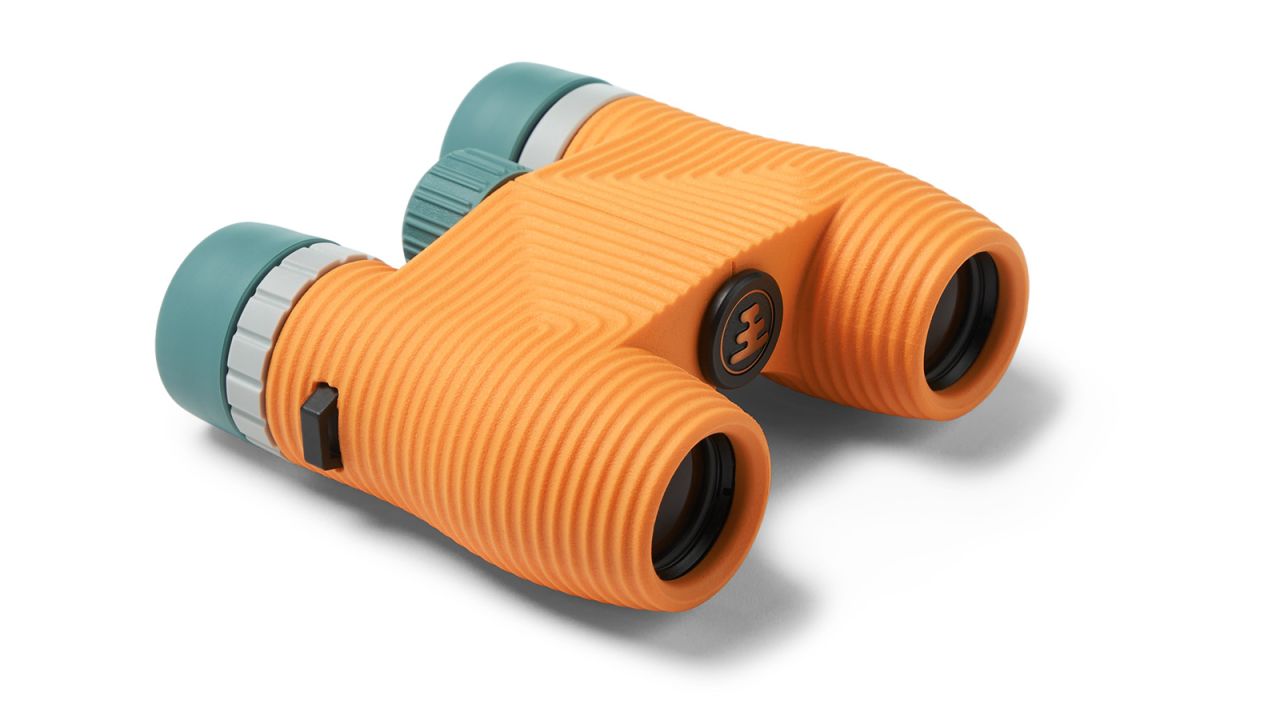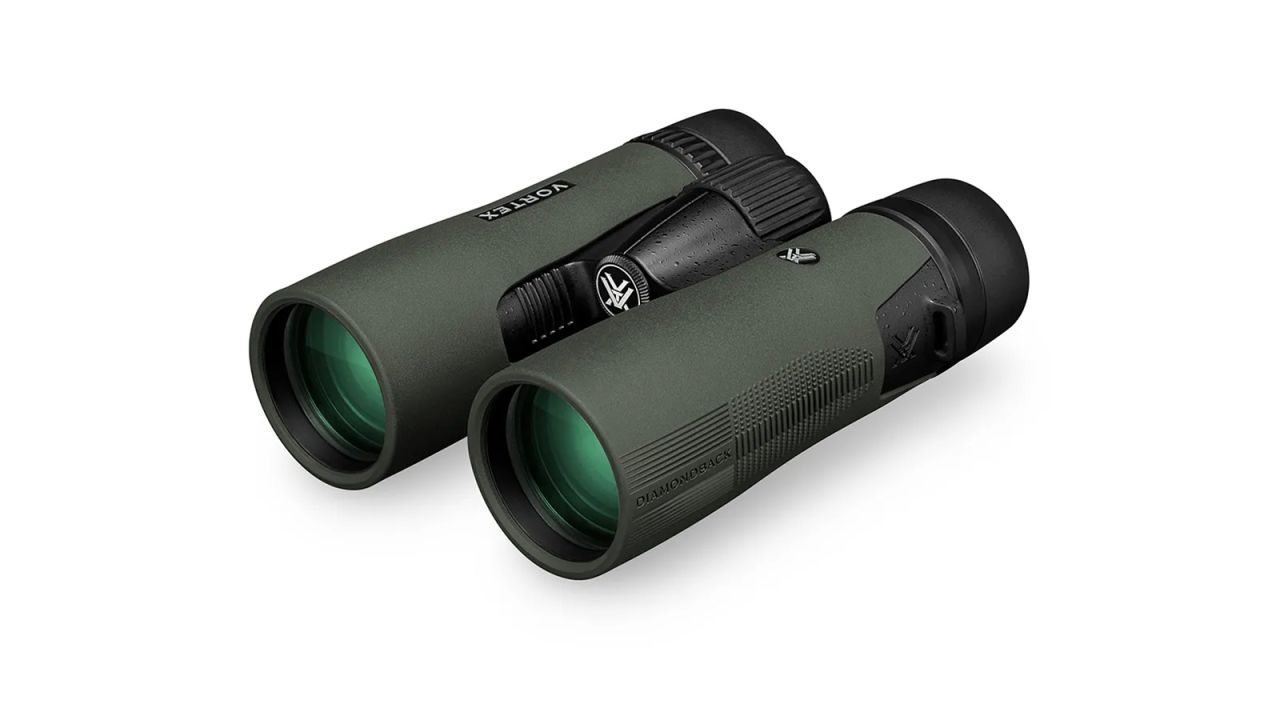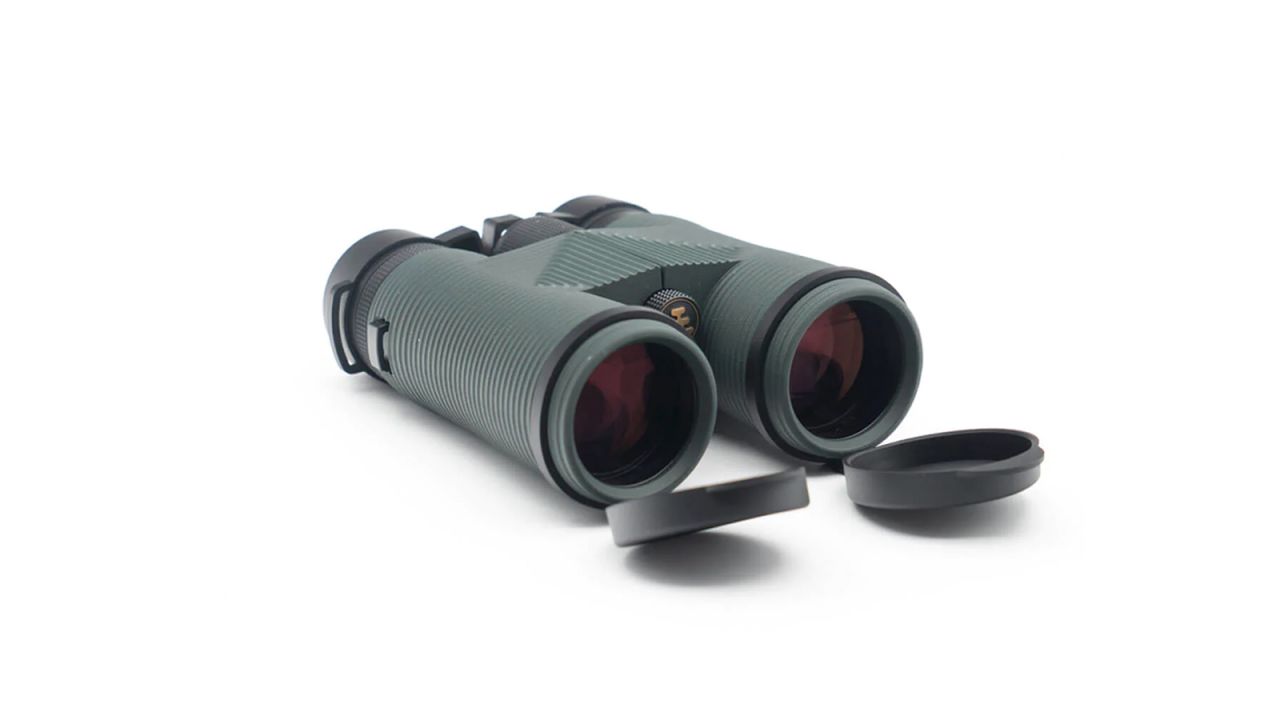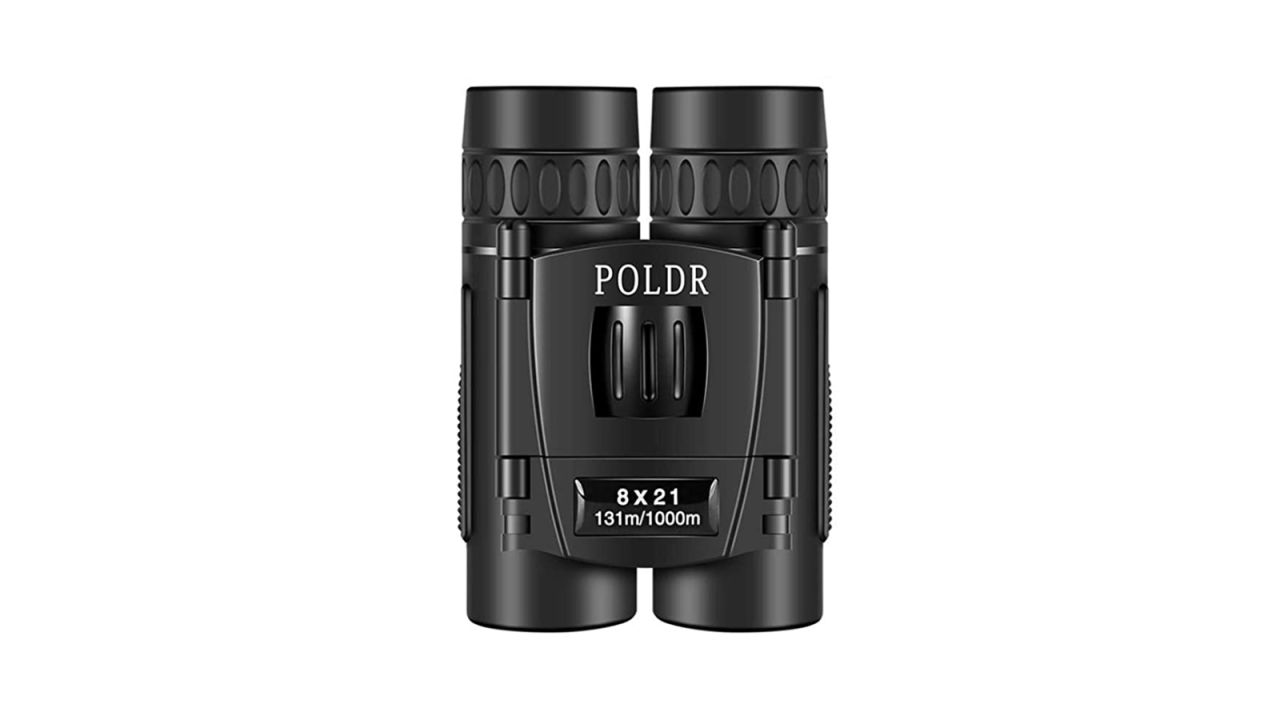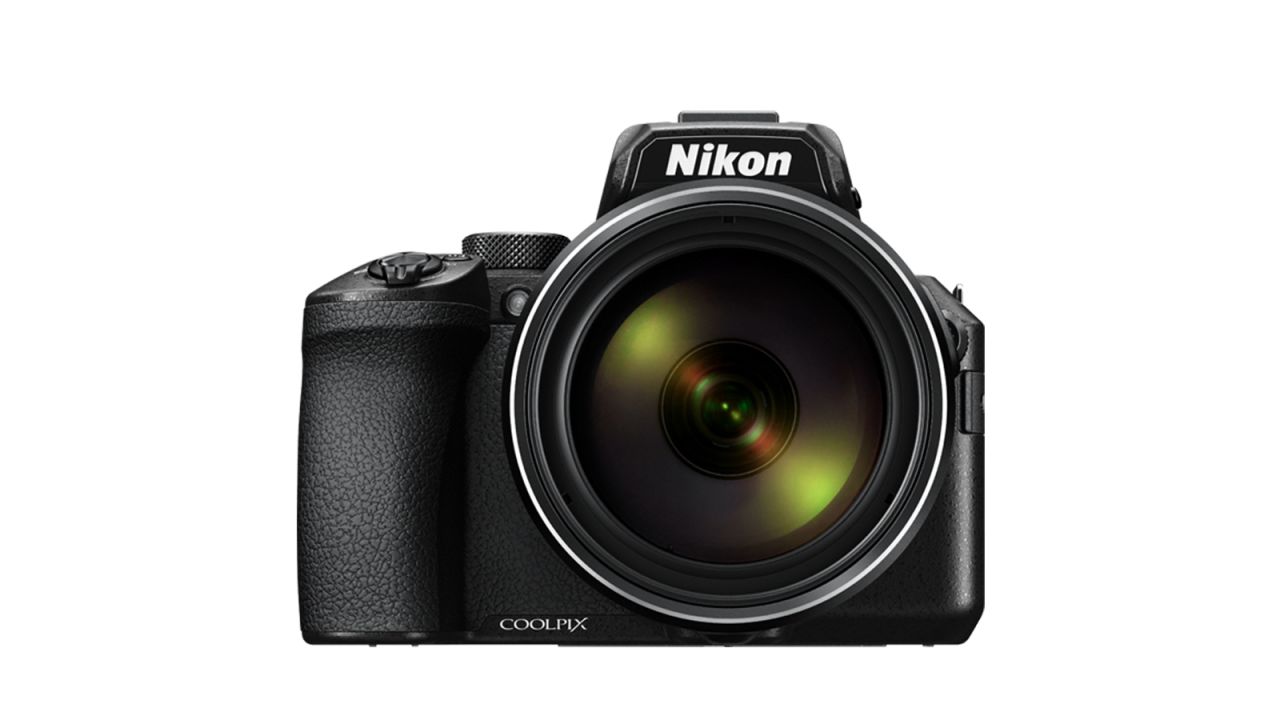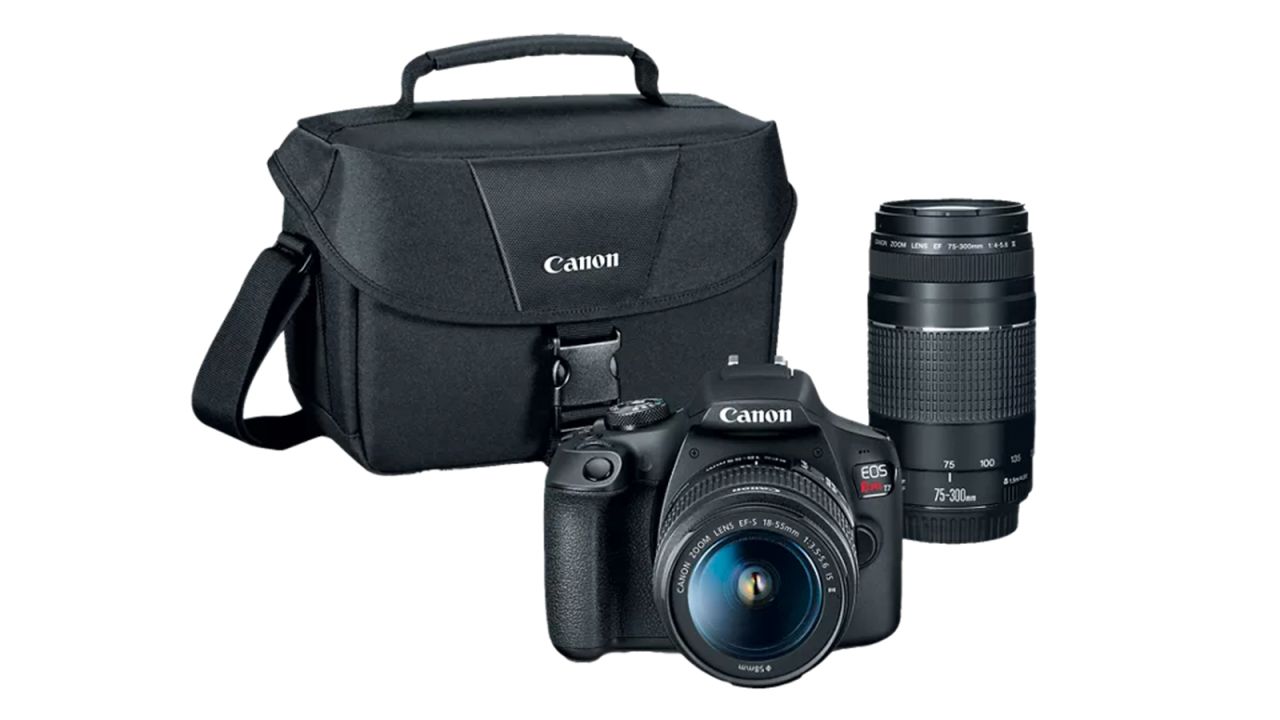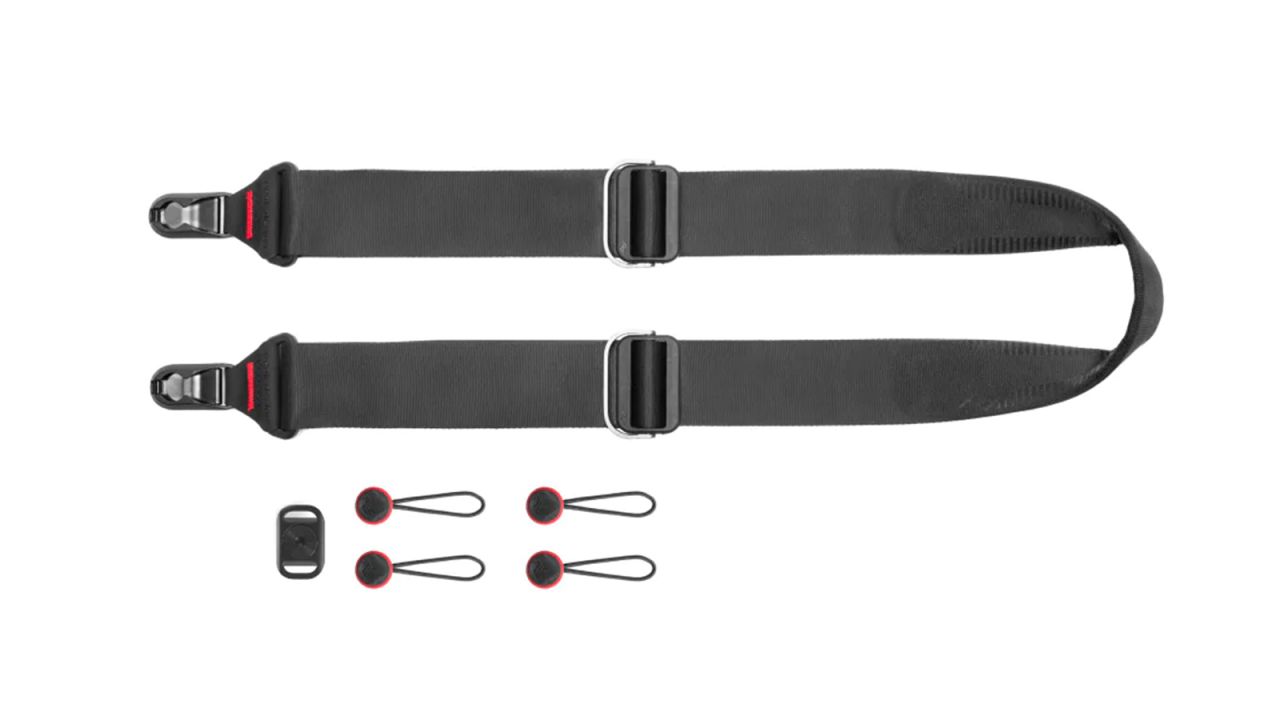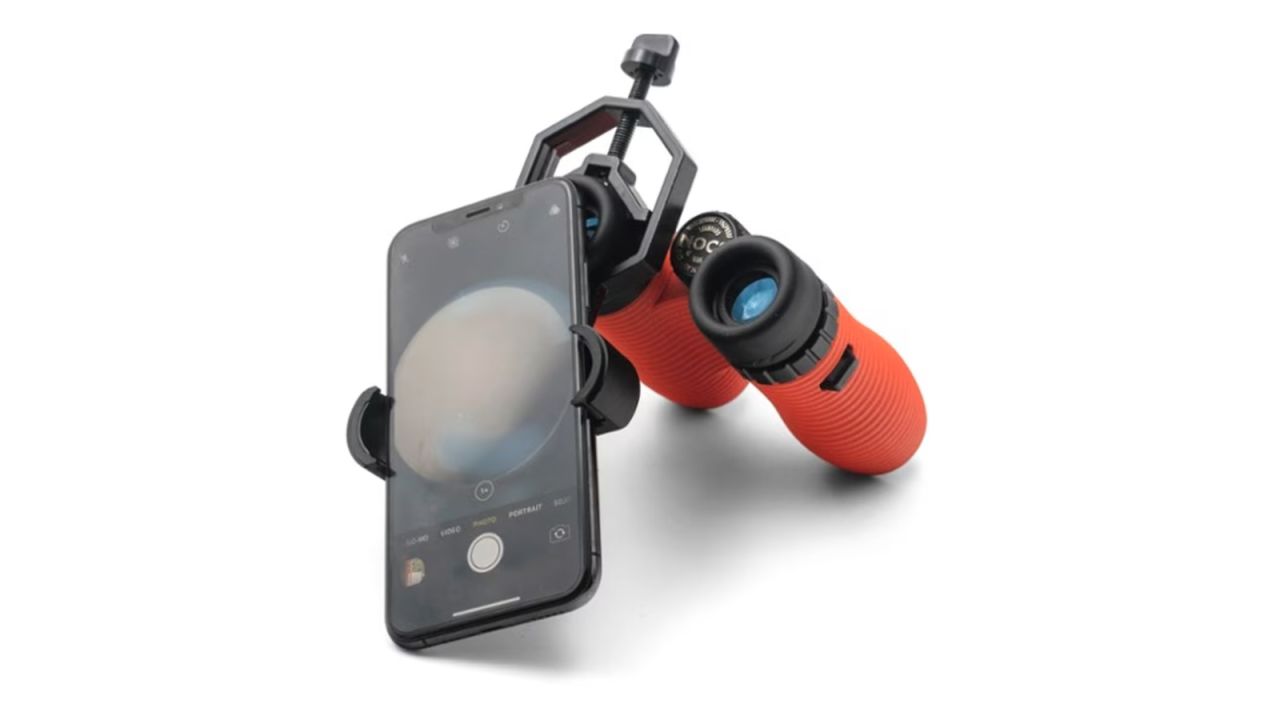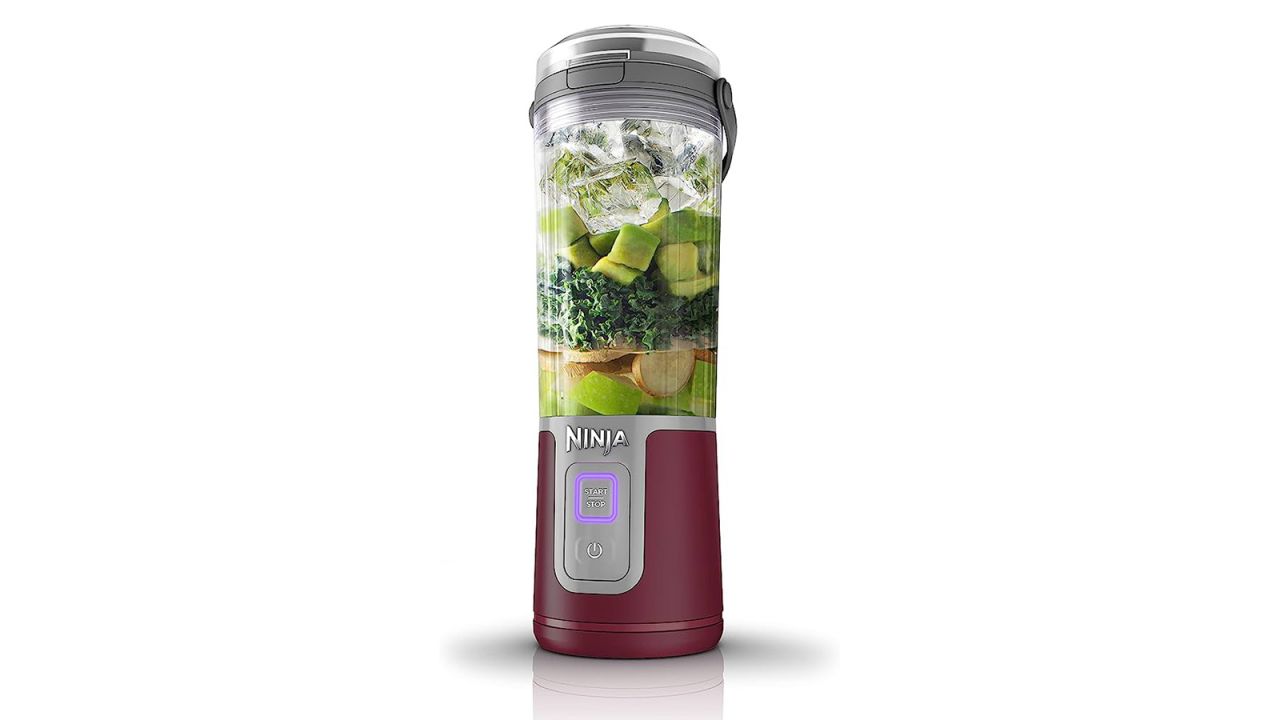I’ve become The Bird Guy to my friends and family. When they see a bird they don’t recognize, I’m asked to identify it with nothing more than a blurry photo. When the algorithms feed them bird-related content on social media, it gets forwarded to me. If it sounds like I’m complaining, I’m not. It’s great being The Bird Guy. I literally seek out birds in my spare time because they’re awesome and my favorite way to enjoy the outdoors.
Here’s the thing: You too can be that person if you’d like. There are no qualifications, but birding can be a lot to take in at first for myriad reasons. Let’s start with some tips to help beginners navigate the early stages of the hobby and, if you’d like, how to dive deeper into the world of birds.
What is birding and how to start
What is the difference between birding and bird-watching?
Let’s consider them synonymous. If birding is defined as observing, listening, pursuing or admiring birds, watching them can certainly be part of how you bird — there’s just room for more than that if you so choose. Some people may claim birding to be a far more focused, serious task compared to bird-watching. Maybe so, though you can also be a very casual birder. Either way, “bird” can definitely be a verb.
Forget your preconceptions
There might be an image of what a birder looks like in your mind. The person is probably old, white, wearing khaki hiking gear and carrying binoculars that cost four figures. Forget that. Birding is for everyone, no matter their age, race, financial situation or physical ability. Reaffirming that fact for prospective and early birders is part of what led Jason Hall to found the In Color Birding Club in Philadelphia in 2021. In Color has taken off while “making the birding experience a positive one for BIPOC folks and their allies.”
Birding, Hall says, can be whatever you want it to be. It can be as leisurely as noticing distant chirps during a stroll or as rigorous as waking up in the early hours of the morning to get a glimpse of a rare bird in another state. Explore birding the way that’s best for you, and know that it’s OK to make mistakes. “I think a lot of birding is trial and error,” Hall says. “The error part of it gives people a lot of anxiety because the environment folks have created where they make you feel stupid or unwelcome because you didn’t know what that bird was.”

Find your flock or fly solo
Now that we shook off any first-bird nervousness, it’s time to actually go birding. Where? How? One of the best ways is to join a bird walk. It could be with a club, like In Color, or a local Audubon chapter. Birding in numbers will work wonders for newbies, according to Nick Lund, advocacy and outreach manager for Maine Audubon (and the man behind maybe the best birding account on Twitter) — especially this time of year, when migrant birds might be passing through your area in large numbers.
“The birds themselves can be overwhelming and sort of fleeting,” Lund says. “A bird walk led by an expert can start to put a little context on the cacophony and the challenges of birding. For a lot of people, that is really helpful to start to understand what to look at, what not to look at, what some certain easy birds might be and things like that.”
Maybe you can’t find any bird walks, or maybe you just prefer to fly solo. That’s totally fine. I too adventured into birding by myself, and so did Lund. “It is a journey of discovery,” Lund says. “It’s like treasure hunting. Those treasures can be revealed on your own. You’re not racing the clock. You’re doing this at your own pace.” This side of birding brings out one of its greatest joys: It can happen anywhere. You can bird through a window, in your backyard, at a small urban park or throughout a sprawling national park. There are no boundaries — but stay off private property unless you have permission.
We’re talking about practice
Don’t expect to be an expert immediately. That’s not to insult your intelligence or ability, but rather a nod to the complexity and vastness of birds. Most fly, many swim and plenty do both. Some hide with camouflage. Certain birds look nearly identical but are somehow different. One is nightmare fuel. Tons are super cute. And that’s just the tip of the iceberg. With more than 900 species in just North America, it’s safe to say there are a lot of birds out there.
Breaking it all down with the mindset of “explore, observe, learn” is what got Isaiah Scott to go from a rookie birder in Georgia to leading his own walks and amassing more than 100,000 followers on Instagram. Now he’s a wildlife advocate studying environmental science at Cornell, home to the renowned Cornell Lab of Ornithology.
Field guides and apps for beginner birders
Sibley guides are expert approved

The knowledge base and identification tips you get from studying a field guide make practicing out in the world easier and more enjoyable. Lund recommends starting big with a national field guide. Perusing it can help distinguish which birds live near you (and which don’t), which birds migrate through your region and which habitats to explore to find the birds you want to see. From there, you can narrow down your reading to local guides if you want (like Lund’s Field Guide to Birds of Maine).
All three experts I consulted recommended field guides from illustrator David Sibley. Each entry in Sibley’s guides details a bird’s name, size, sounds, habitat map and what both the male and female look like during different seasons, in flight and stationary. These books typically cost less than $20 new (and can often be found used) and if maintained will be the last guide you need to buy. “You keep those for life,” Hall says. “You don’t necessarily have to upgrade. Even if there’s some small taxonomic changes, this is kind of like the bible: It’s not changing that much.”

There are other options besides Sibley. Guides by Kenn Kaufman and Roger Tory Peterson also have great reputations. But Scott, an illustrator himself, points to Sibley as his go-to because of its style. “He just really accurately nails the birds down,” Scott says. “They’re very simple, but very accurate and realistic. It looks like you could take that [illustration] and put it in the distance and it looks like the actual bird is there.”
A larger book that encompasses every bird found north of Mexico, this edition is best for studying at home or stashing in a backpack.
A more compact version that can fit in your coat pocket, Sibley Birds East covers anything you’ll see east of the Rocky Mountains.
The companion guide for everything west of the Rockies, Sibley Birds West features more than 715 species in a perfect portable form.
The Merlin app is a birding cheat code

If you don’t want to feel like you’re doing homework or studying a textbook, download Merlin. It’s a remarkable free app from the Cornell Lab of Ornithology. Regional “bird packs” list likely birds for your location. More importantly, Merlin is your digital multi-tool for bird identification. Upload a photo or answer a series of questions about a bird’s size, color and behavior and it will give you a list of potential results. More recently, Merlin introduced the ability to listen to birdsong and analyze it in real time to match with recordings from the Macaulay Library, Cornell’s wildlife media archive. “What that has unlocked for people is just a very easy way to understand the incredibly complex and confusing world of birdsong,” Lund says, “which, until this app came out, was really the area for expert birders only.”

Cornell has other free resources our experts recommend. Think of eBird, also free to use, as your birding Pokédex. It logs what you see in the field and submits those findings to a public database as part of a citizen science project for Cornell’s research. Every new bird you see and identify for the first time is called a “lifer,” and your life list can be sorted in different ways to keep track of where, when and what you observe. You can also upload photos and audio to support your sightings. Exploring different “hot spots” on eBird is a great way to know what species are in your area and where you can find them. Lastly, in conjunction with Colorado State University, BirdCast forecasts migration with a nightly heat map based on 23 years of bird movement data and weather surveillance.
And if you want to drill your bird ID skills when you’re not actually birding, Hall is a fan of LarkWire, which is like flash cards for birds.
Merlin is the ultimate bird ID tool. Backed by the Cornell Lab of Ornithology’s Macaulay Library, the app can use your descriptions, photos and sound recordings to identify birds with astounding accuracy.
Keep track of your sightings in the field with eBird’s mobile app, which you can pair with your eBird account to contribute to a global database of ornithological records.
Larkwire will quiz you on bird visuals and sounds to improve your ID skills even when you’re not birding. Backyard basics courses and your first week are free, but a subscription is required beyond that.
Binoculars for beginner birders
What to look for in binoculars
Binoculars are the essential birding tool because they bring you closer and reveal details unseen by the naked eye. Ideally, they’re rugged enough to survive being dropped and light enough that you want to wear them around your shoulder or neck. Look for adjustable eyecups, especially if you wear glasses, as well as a lifetime warranty.
Most binoculars are classified by two numbers. I have 8x42 binoculars, for example. The first number is their magnification, so what I see appears eight times closer than it actually is. The second number describes the size of the objective lens, meaning the lens on the far side of my binoculars that lets in light measures 42 millimeters in diameter. A bigger objective lens means a brighter image — but also bulkier binoculars. 8x42 is generally the ballpark specifications for birding-friendly bins, but there are plenty of options with stronger magnification, such as 10x and 12x, or smaller objective lenses for better portability. (Optics of a higher power and size, such as spotting scopes, are better suited for experienced birders observing distant waterfowl and other birds to which you can’t get as close.)
You can find inexpensive binoculars for only a few bucks, and you can get lost in a rabbit hole of premium brands like Swarovski and Zeiss for thousands of dollars. Don’t go for either. “It’s tempting for the beginning birder to get the cheapest pair possible, and I get that,” Lund says. “But the difference between a $20 pair and a $100 pair is all the difference in the world. A really bad pair of cheap, plastic binoculars ruins everything. You can’t enjoy it the right way.”
Affordable binocular brands

Lund and Hall agree that solid binoculars are worth the investment because they’ll last for ages. I’ve had a pair of Nikon Prostaffs — Lund recommends those or Nikon Monarchs — for more than four years. They still feel new and have given me no reason to upgrade. They work great when I bird while wearing glasses and the views during low-light sessions at dawn or in the rain are still clear.
Another option recommended by Hall and Scott is Nocs Provisions. A California-based company founded in 2019 by surfers who couldn’t find suitable waterproof binoculars, Nocs has made waves in a short amount of time. Its binoculars come in plastic-free packaging, and 1% of all revenue is donated to “educational and environmental organizations that serve to protect our natural resources and educate the next generation.” Nocs partnered with Hall’s In Color Birding Club to provide binoculars for their new birders.
With the brand’s standard issue selling for $95, “Nocs is that sweet spot in value,” Hall says. “You’re not breaking the bank, but you’re getting a great, durable product, which comes with great customer service.” And don’t sleep on the colors. There’s sea foam green and canary yellow, among others. Scott rocks the poppy orange. “You can just style and mix and match and kind of express yourself a little bit more,” he says. Look good, feel good, bird good.
The latest model of an ol' reliable, these fogproof, waterproof binoculars with turn-and-slide eyecups check just about every box for the price and aren’t too heavy at 20.3 ounces.
A waterproof and fogproof compact optic coated with a no-slip grip that comes in tons of bright colors. Nocs also sells a 10x25 version for the same price, and just released a mid-tier Field Issue for $80 more.
Vortex has plenty of premium optics that go way beyond the budget here, but these popular binoculars have a reputation for delivering sharp colors at a more reasonable price than high-end models.
Nocs’ Pro Issue is the brand’s upgrade pick, and we don’t recommend spending any more than this as a beginner birder. These feature a lens coating extended to the prisms to improve your entire view.
I received these as a gift because I’d always wanted a miniature pair I could stash in my bag or pockets for unexpected birding opportunities. They outperformed expectations in that role, but they’re too small for a go-to optic.
Bird photography gear

Taking pictures is not a necessity when birding, especially because the equipment can get expensive. There are plenty of birders who don’t use a camera. But if you have the desire and the means, photography can elevate the experience in a few ways. “You can create a momento for a lasting experience,” Lund says. “And it’s a way to enjoy more common birds more often. If you’re looking in your backyard all the time and you’re seeing similar birds for a long time, a camera can enhance how you engage with those birds and help you create something.”
There’s utility in bird photography too. I got into birding backward, starting off taking pictures of common birds near my house and realizing there was so much more out there. Only after viewing and identifying birds through my camera for many months did I finally go the more conventional route with binoculars. In those early days and even now, having photos to look back at after an outing helps me hone my ID skills.

A photo can often be the key to properly identifying a bird. “Sometimes the bird moves too fast for you to really understand what color was that wingtip,” Hall says. “Did it actually have an eye ring? What was that flight pattern? What was the eye color? The lighting can be different; the situation can be different. The camera really gives you the ability to go home and have a puzzle to figure out.”
Though you’ll encounter birders with professional photography gear, going that extreme isn’t necessary. The technology in point-and-shoot cameras has gotten to the point where they can mimic the zoom of much larger, longer lenses. I use an entry-level DSLR camera with a 70-300mm lens, but companies like Nikon and Canon are turning their efforts toward more costly mirrorless options. Again, don’t empty your pockets (refurbished models are worth a look), and always make sure it’s something you’re committed to before buying.
An 83x zoom lens built in means this camera doesn’t need any expensive add-ons to perform at a level worthy of its high price.
This bundle from Canon is a solid deal, and the zoom added by a telephoto lens will enable you to get detailed pictures of birds high up in the trees and sky.
Pick from plenty of lens options to pair with this weather-resistant body that possesses an ISO up to 240,800 in low-light conditions.
If you’re trying to carry both binoculars and a camera, the Slide can simplify the process of switching between the two.
Digibinning is the act of taking photo or video through your binoculars. It’s more difficult than it sounds, but attachments like this can ease the learning curve.
